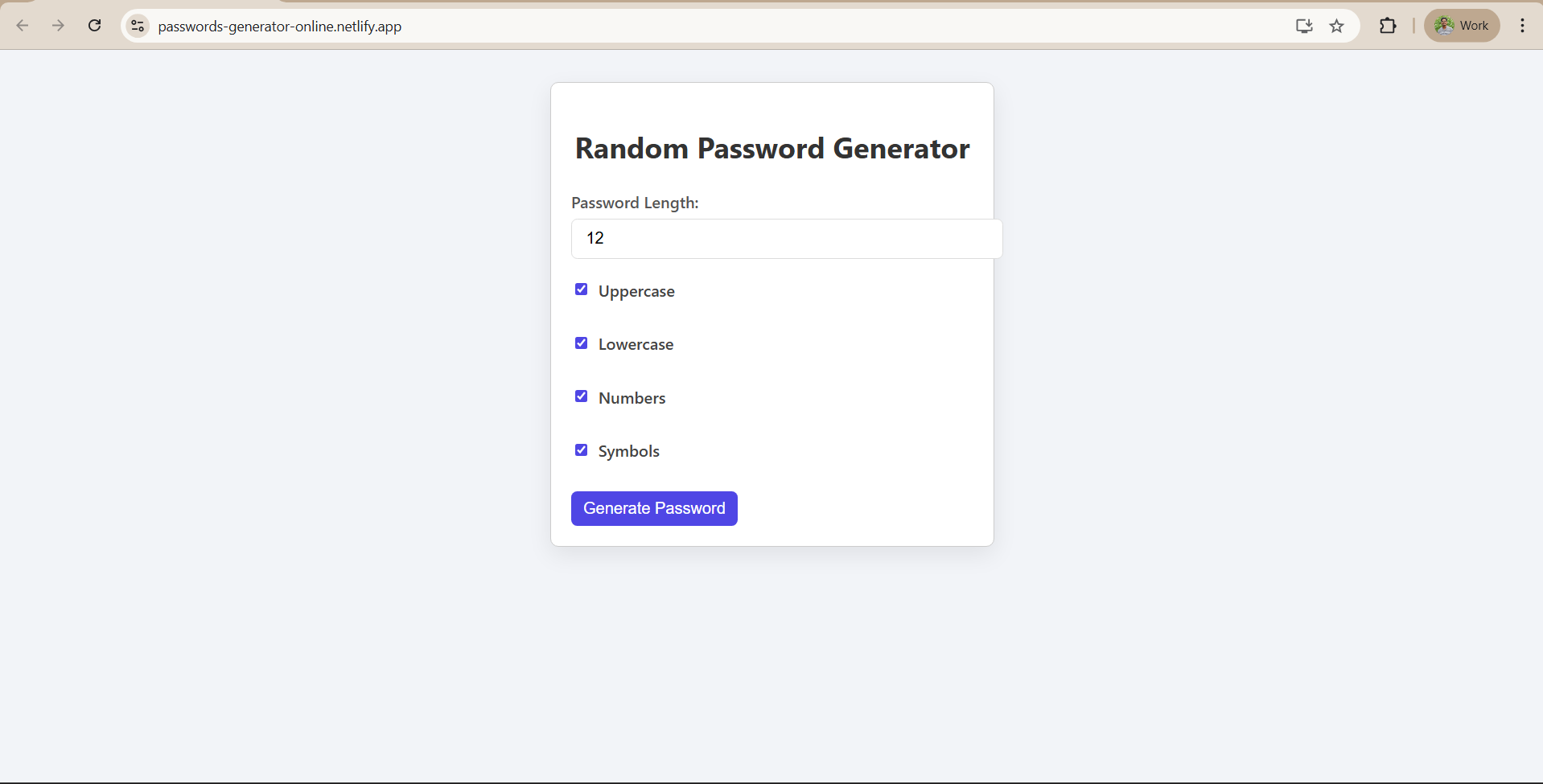Core Concepts of the Project
Necessary Concepts for BMI Calculator
To build this project confidently, you need a basic grasp of how React works. This module introduces key concepts like components, state management, and event handling in a beginner-friendly way.
React Components
Components are the building blocks of React applications. Each component is a self-contained piece of UI (e.g., a form, a button, or even the entire calculator interface) that can be reused and managed independently.
In React, components can be defined as JavaScript functions (functional components) or classes (class components). In this project, we will use functional components exclusively, as they are simpler for beginners and integrate well with Hooks. Our app will consist of at least two components: the main App component and a BmiCalculator component.
The App component will serve as a container, while BmiCalculator will encapsulate the BMI calculation form and logic. Structuring the UI into components makes our code more organized and easier to maintain.
State Management with Hooks
In an interactive app, components need to manage changing data – for example, the current weight and height inputs, and the calculated BMI result. State in React refers to data that can change over time and influence what is displayed on the UI. We use the useState Hook to add state to functional components. The useState hook allows us to create state variables and update them as needed.
Managing form input state and the result with useState ensures that our UI stays in sync with the user’s actions. (Under the hood, when the state is updated via the provided setter function, React knows to re-render the component with the new state value.)
Handling User Input & Events
Interactive React apps respond to events such as clicks, form submissions, or typing in a field. In our project, the key event is the click of the "Calculate" button. React’s event handling is similar to HTML/DOM events, but with some syntax differences.
















